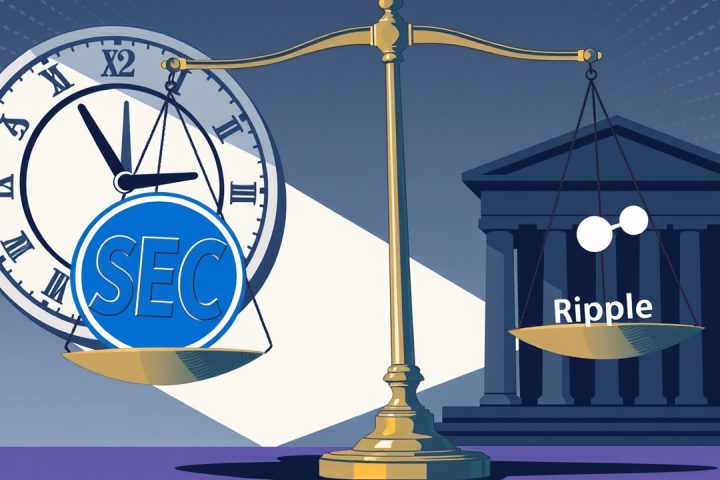Central Bank Digital Currencies: A Nuanced Perspective
The conversation surrounding central bank digital currencies (CBDCs) often oscillates between visions of a future with enhanced oversight and ideas of increased operational efficiency. However, David Schwartz, the Chief Technology Officer at Ripple and a veteran cryptographer, brings a nuanced perspective to the discourse, suggesting that the essence of CBDCs isn’t inherently positive or negative. He emphasizes that their true effects will hinge on whether they enhance individual freedoms or curtail them.
Ripple’s Engagement with CBDCs
Ripple has been actively engaged in the development of CBDCs for several years, participating in various pilot programs alongside nations like Palau, Montenegro, Bhutan, Georgia, and the United Kingdom. These collaborations have granted Ripple insights into the expectations of central banks. A former advisor, Welfare, highlighted that early initiatives significantly influenced the design of the XRP Ledger (XRPL), equipping it to accommodate not only CBDCs but also stablecoins and tokenized assets.
The Accessibility of Traditional Banking
Schwartz pointed out that for many legitimate businesses, traditional banking has become inaccessible due to restrictive regulations. He suggests that the establishment of a government-backed “bank” could provide a viable, pro-freedom alternative by being subject to legal scrutiny over its decisions, though this scenario does present its own issues.
Ripple’s RLUSD and Market Impact
This discussion culminated in Ripple’s recently launched RLUSD, a dollar-pegged token that is now approaching a market cap of $790 million. The token is backed by strategic partnerships with financial institutions like DBS and Franklin Templeton.
The Potential and Risks of CBDCs
Schwartz’s perspective serves as a crucial reminder that CBDCs hold the potential to promote freedom by combating biased practices entrenched in private banking systems. However, if misused, they could threaten existing freedoms by marginalizing cash and alternative financial options.
Future Considerations
As the CBDC landscape evolves, one overarching question looms: Whose liberties will these digital currencies ultimately promote? Meanwhile, the backdrop remains contentious, with International Monetary Fund (IMF) leader Kristalina Georgieva asserting that the digital transformation of fiat currencies is now an unavoidable reality, implicitly criticizing Bitcoin and other unbacked cryptocurrencies as undesirable. Additionally, the Reserve Bank of India has taken a proactive stance, advocating for CBDCs to replace stablecoins for international transactions and confirming that pilot programs at both retail and wholesale levels are already in progress.




